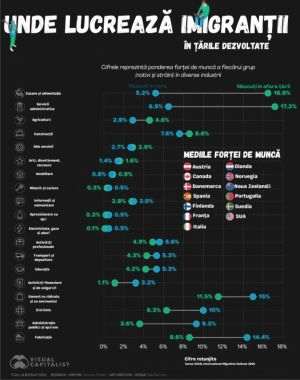Alina Toma Vereha
State-owned energy producer "Nuclearelectrica" SA yesterday successfully sold on the Centralized Market of Bilateral Contracts (PCCB), managed by OPCOM, two packages of 165.025 MWh each. These are the first transactions concluded on the PCCB in 2009. The winner of the auctions is the Public Corporation for Nuclear Activities (RAAN). The deals were concluded at a price of 168 lei/MWh and 172 lei/MWh, respectively, over 20 lei cheaper than the closing price of auctions in December. Another participant in the auction was "Electrica" SA. The delivery period is April 1st - December 31st 2009.
There were several sellers on the Centralized Market of Bilateral Contracts for electricity, so far, but the buyers were missing. Electricity distributors claim that the lack of interest in purchasing electricity is caused by the high prices that producers are asking, when compared to the daily and monthly average price on the spot market - PZU (day ahead market). What"s more, this year energy consumption has dropped 10% during the first two months. This caused suppliers to be more cautious in buying additional amounts of energy on top the ones they had already concluded contracts for.
The economic crisis has increased uncertainty of the energy consumption forecasts for 2009. Apart from the scheduled shut-down of the great industrial consumers who saw their markets shrink this year, SMEs operating in the construction and textile sector failed to accurately estimate their demand for 2009. The end of 2008 saw an unprecedented 3% increase of the electricity consumption. Realistic forecasts for 2009 are banking on consumption remaining steady, while the more pessimistic scenarios forecast a 2-3% decrease when compared to the 2008 levels.
Ion Lungu, chairman of the Association of Romanian Electricity Providers (AFEER), said that the daily turnover on the Day-Ahead Market (PZU) (the spot market for energy trading) has been extremely low so far when compared to turnover logged at the end of 2008. He said: "The drop in consumption and of the opportunities for export lead to an excess in supply during certain time frames and even for some days. The low demand led to a severe price drop even for the month of January and February, even though traditionally, energy is cheapest in April and May. In March, the average daily price did not go above 140 lei/MWh, but it did experience large fluctuations, even going briefly far below 100 lei/MWh. Prices this low were not made to encourage trading energy on the Centralized Market of Bilateral Contracts".
The approximately 700 MW surplus, resulting from the decrease in consumption, placed an additional pressure on the Day-Ahead Market, whereas the average price was extremely low. Meanwhile, export opportunities were reduced as well, as the drop in consumption lead to lower prices for the entire region.





























































